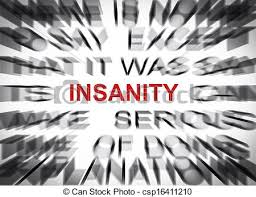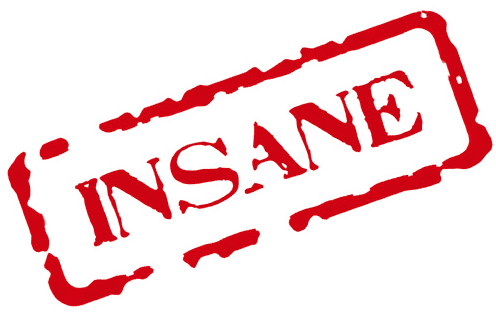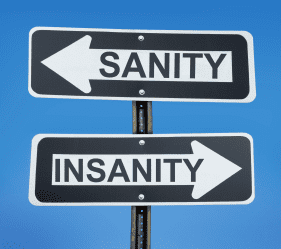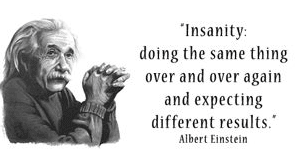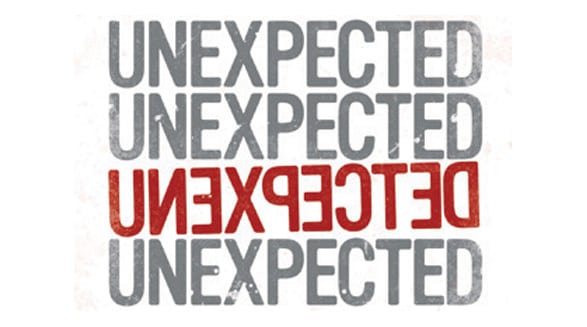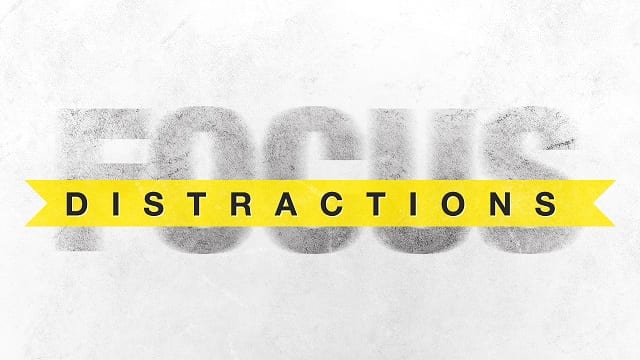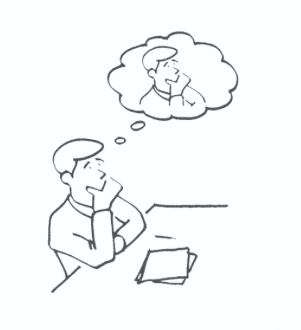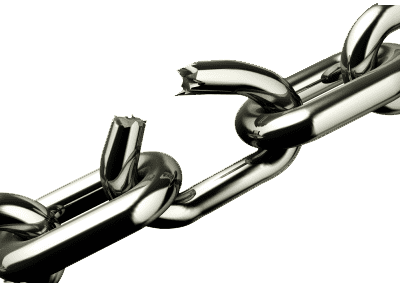Shared Situational Awareness
Shared situational awareness simply means two or more people have a commonly understood mental model – a mental image of what’s happening… [tweet this] and what is going to happen in the future. When responders arrive at the scene of an emergency at different times (which is common), there is a risk that each person […]
Shared Situational Awareness Read More »



